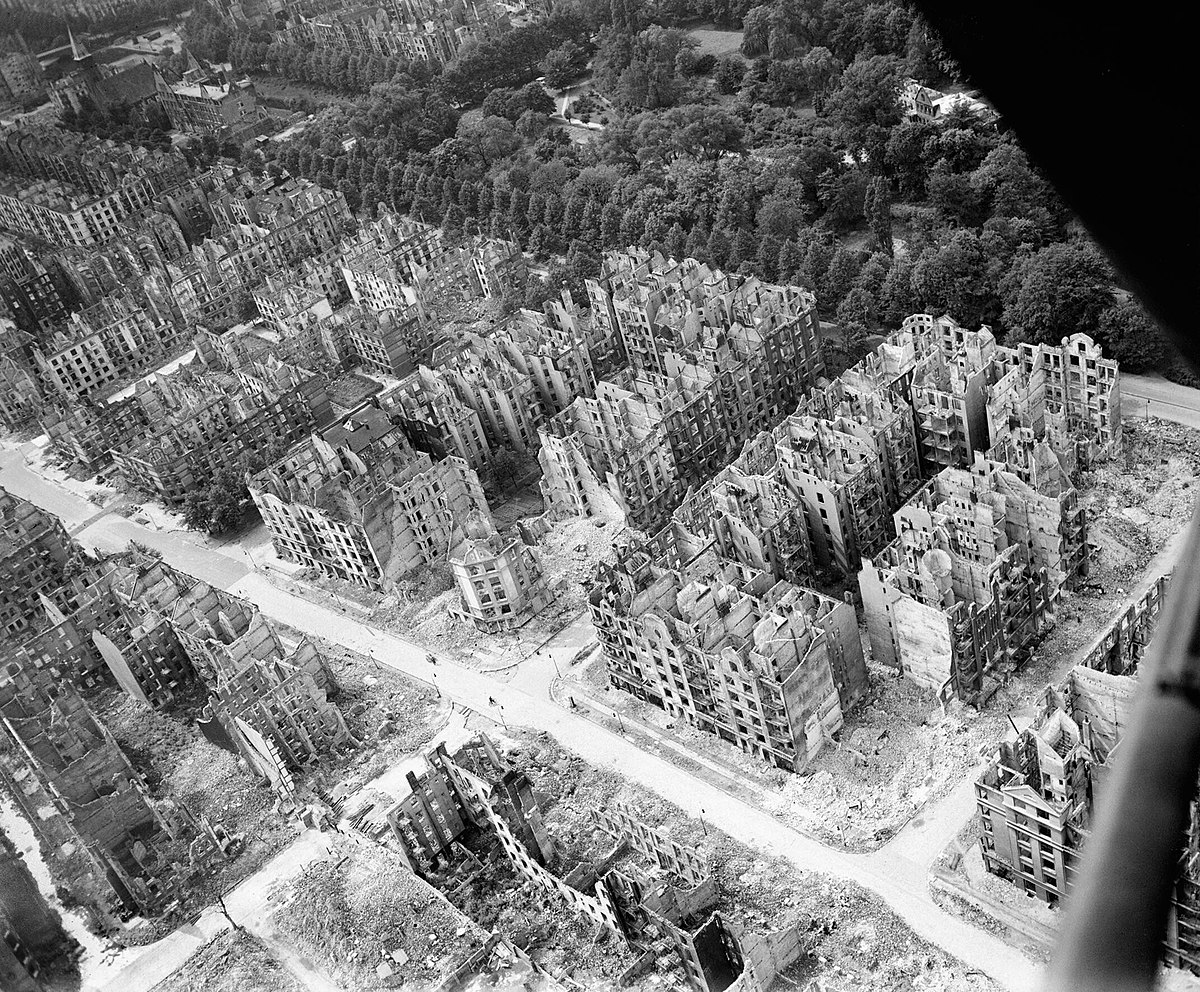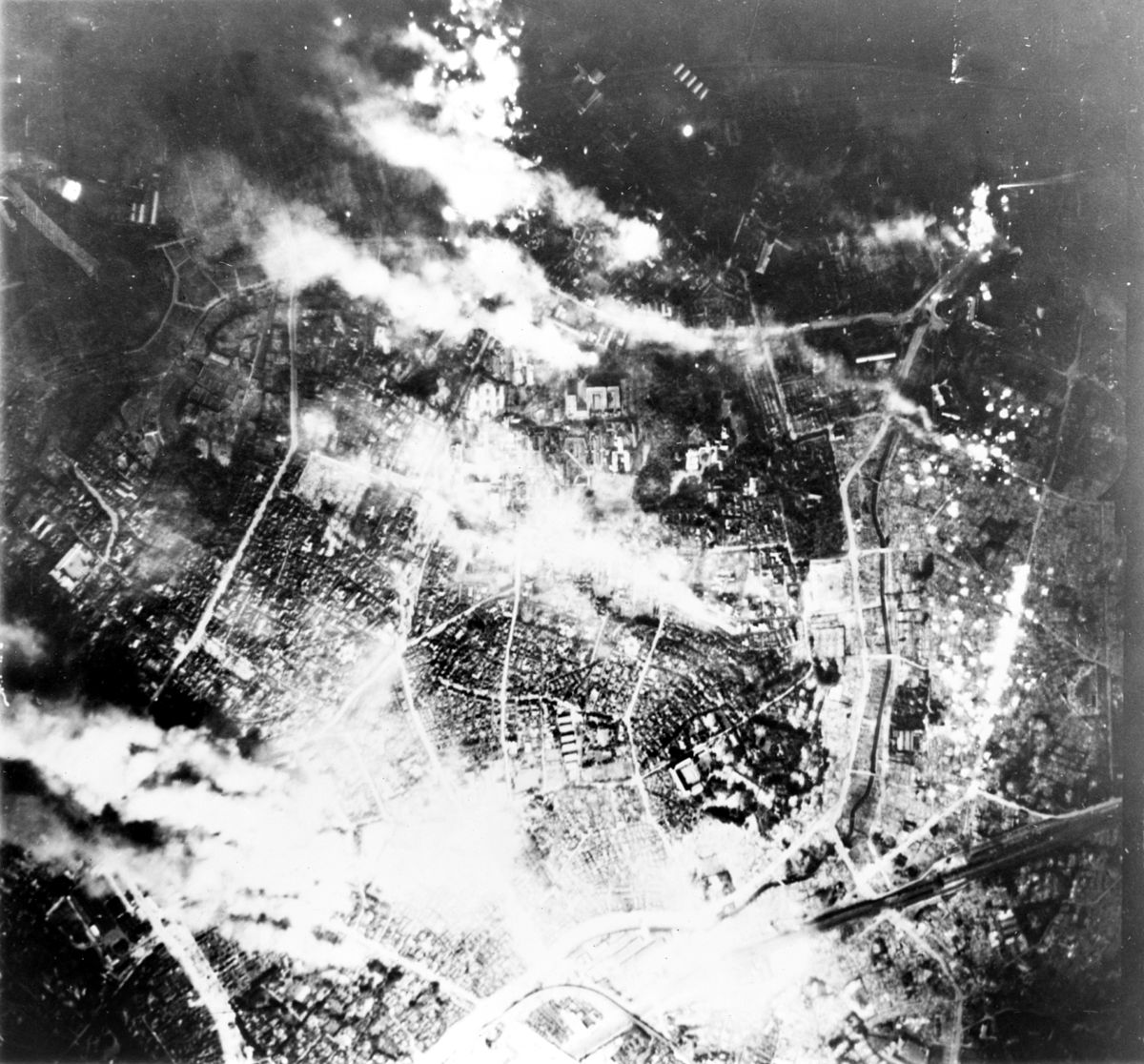Another option if things are desperate,. Avro Lincoln, first prototype first flight 9 June 1944, first production example in December 1944, all up 46 mark I and 10 mark II built to end May 1945, did not have the B-29 altitude performance but did have a longer range than the Lancaster.
There's a whole thread on this. Let's not forget that the Lincoln first entered RAF service in August 1945, three bombers were supplied to 57 Sqn at East Kirkby. Hardly enough time for preparation. I'd suggest going through the thread on this forum but be careful not to step in the brown stuff on your way through it...
It was politically unconscionable to NOT use a USAAF bomber!
Yes indeed. When Groves first discussed it with Arnold, he insisted that if the USAAF is involved, it be a US aircraft right from the outset. The Lancaster was never in the running.
You are all forgetting just how much better looking the B-29 is.
Yes! You can have bacon, my friend!


